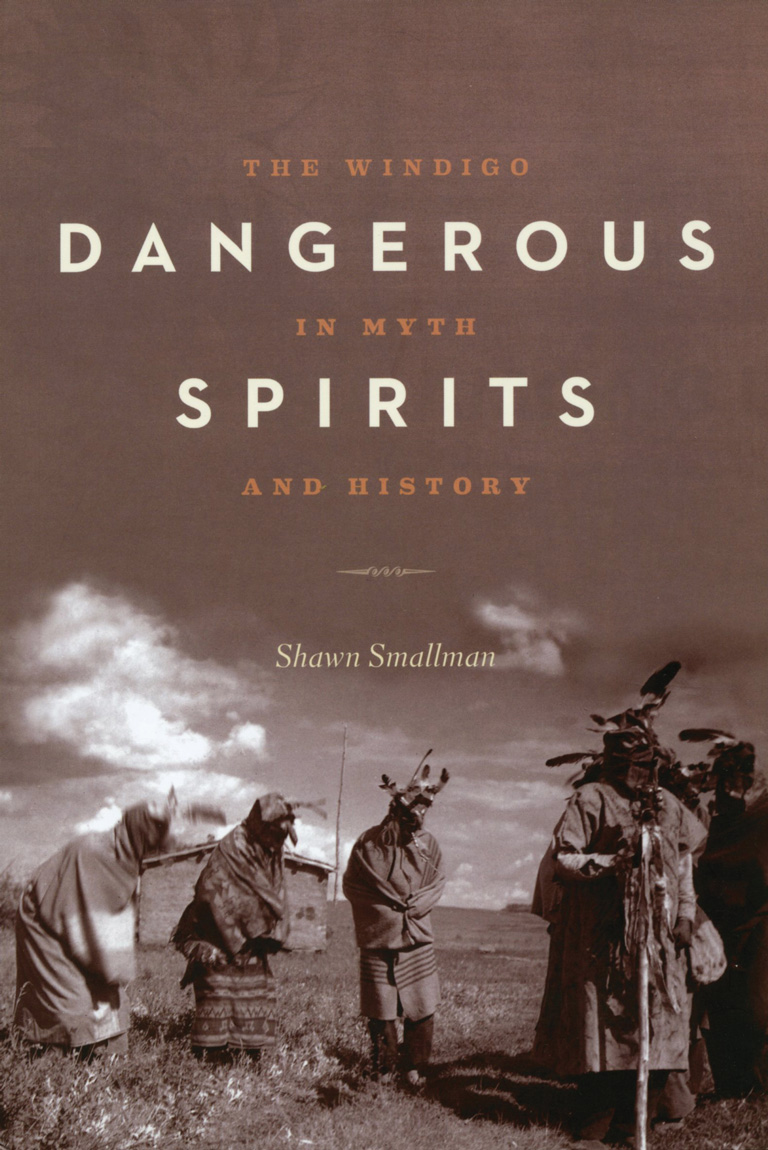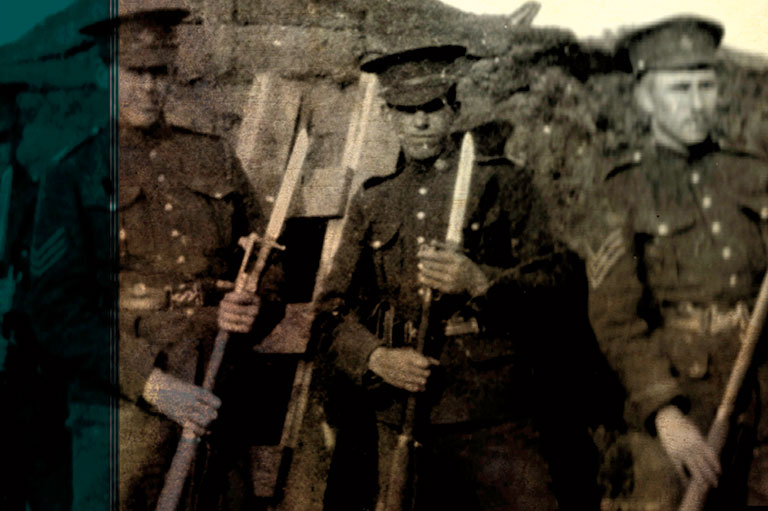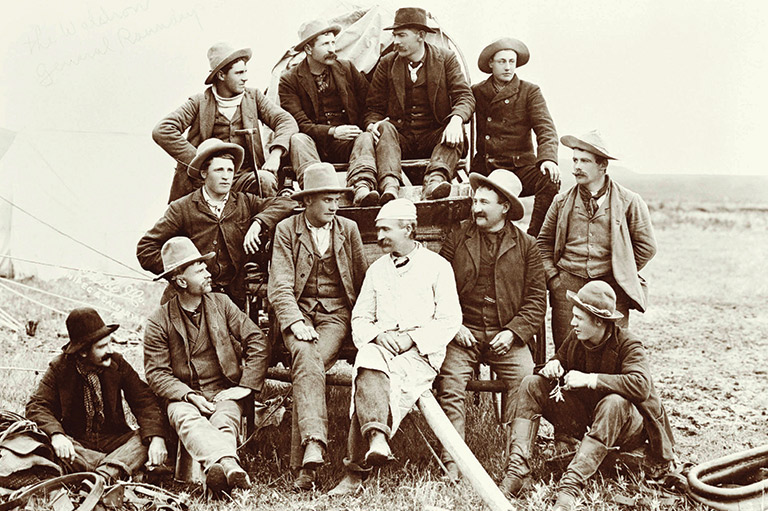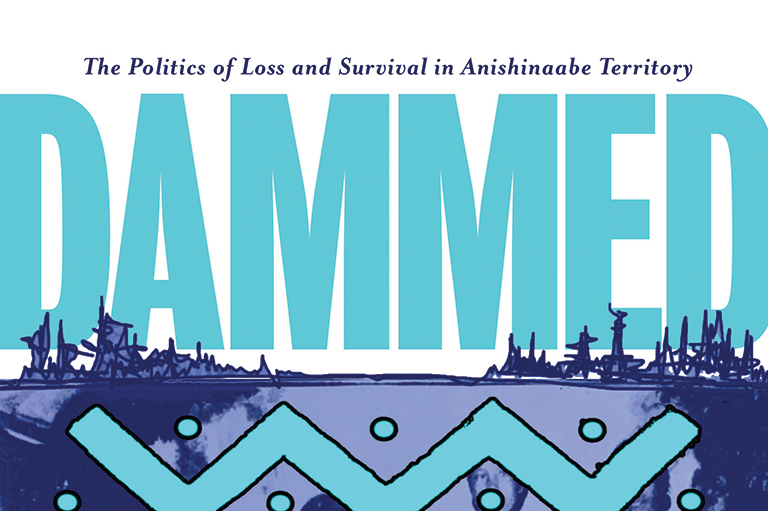Discover a wealth of interesting, entertaining and informative stories in each issue, delivered to you six times per year.
Dangerous Spirits

by Shawn Smallman
Heritage House
222 pages, $19.95
For hundreds of years, terrifying stories of the Windigo, a cannibalistic being with supernatural powers, have been part of the mythology of the Algonquian people. In more recent times, the myth has been absorbed into popular culture and literature through writers such as Margaret Atwood, Thomson Highway, and Joseph Boyden.
The meaning of the Windigo remains obscure: Is it a scary story told to keep children in line? Does it describe a person with psychosis? Is it an evil spirit? Does it represent the colonization of the Indigenous peoples’ world by greedy European powers intent on “cannibalizing” the land of its resources and people?
Shawn Smallman’s Dangerous Spirits is a fascinating look at the stories of the Windigo heard by early missionaries, fur traders, colonial officials, and legal authorities, and at those told by Indigenous elders. Smallman, a professor of international studies at Portland State University, in Oregon, has written a book that is highly readable and well researched.
Typically, Windigo stories happened in winter against a backdrop of famine. A person’s heart would supposedly turn to ice, and they would murder someone, usually a family member, and eat them. The killer was seen to be possessed by a Windigo, who would continue killing and become invincible if not stopped — so someone, usually a shaman, would be called upon to kill him or her. These were sensitive cases for courts and police to deal with.
As Smallman suggests, the Windigo likely evolved over time. It was present in precontact times, possibly as a warning against greed in times of scarcity. After Europeans arrived, they were viewed by some Indigenous people as Windigos because of their greed for land and resources. Even today, stories of the Windigo continue to circulate to explain mysterious events that cannot easily be explained.





